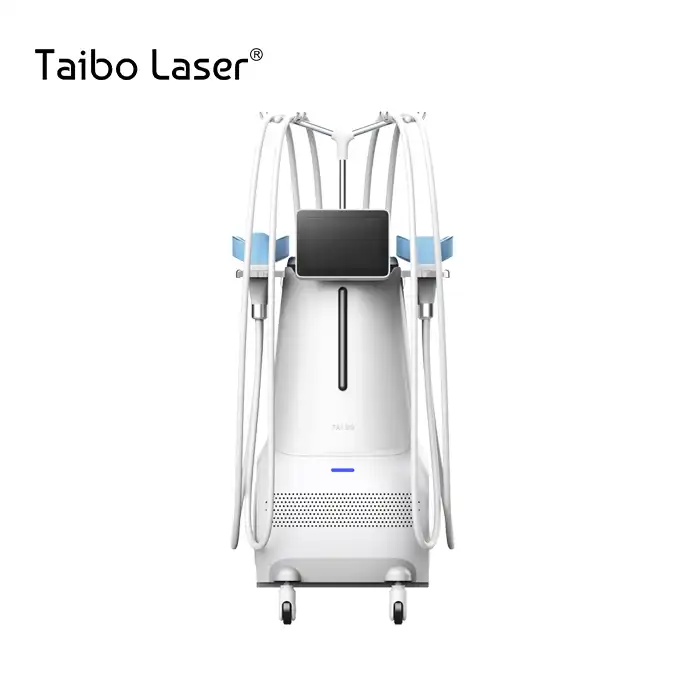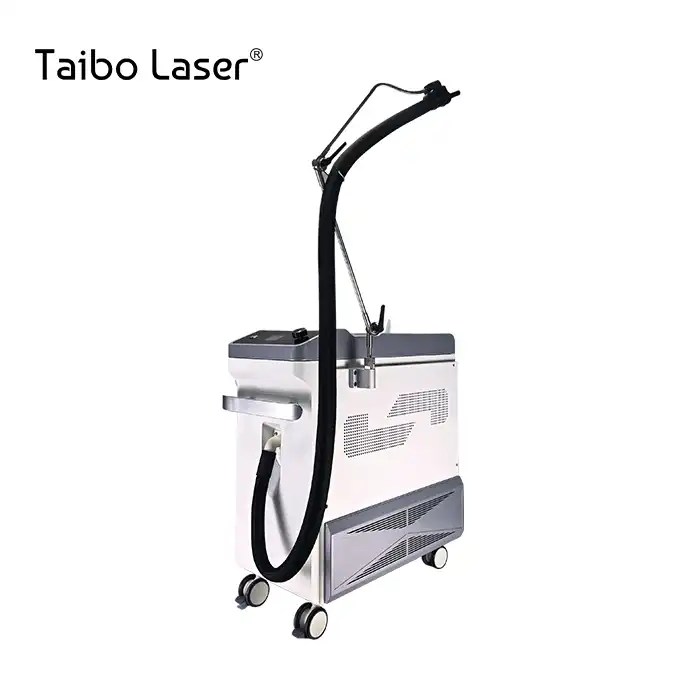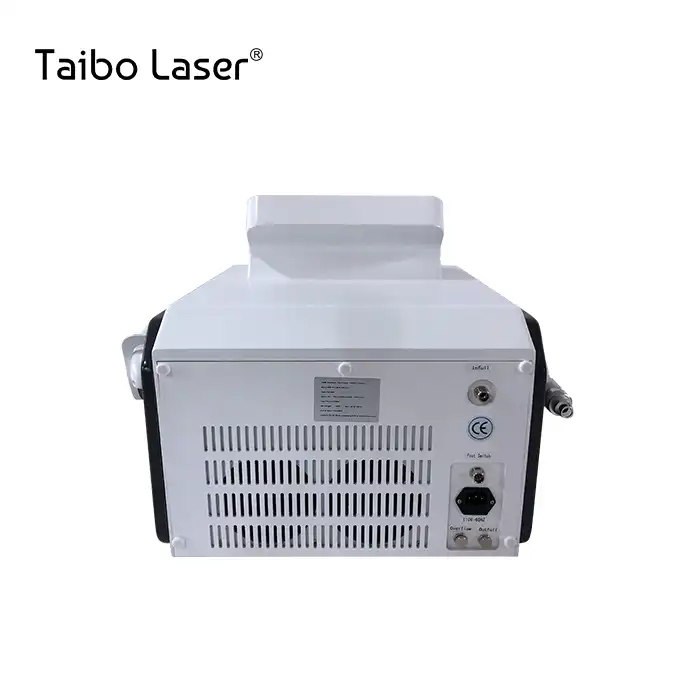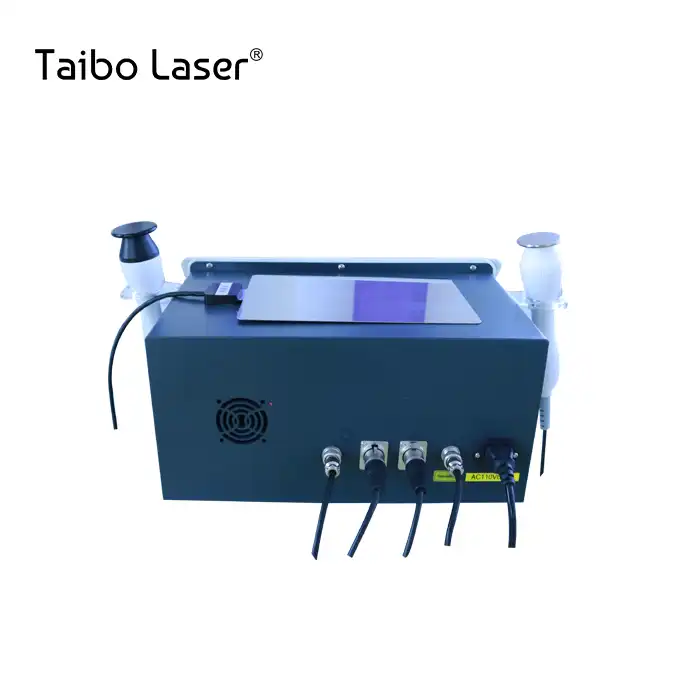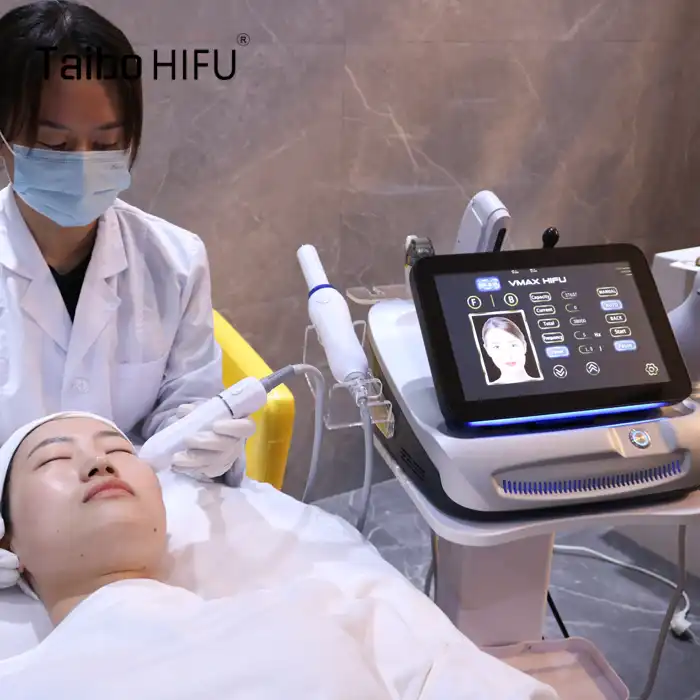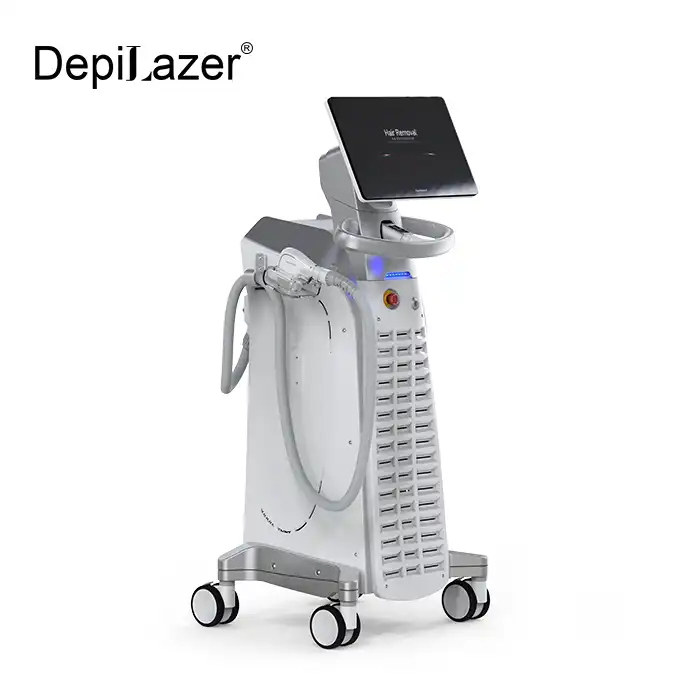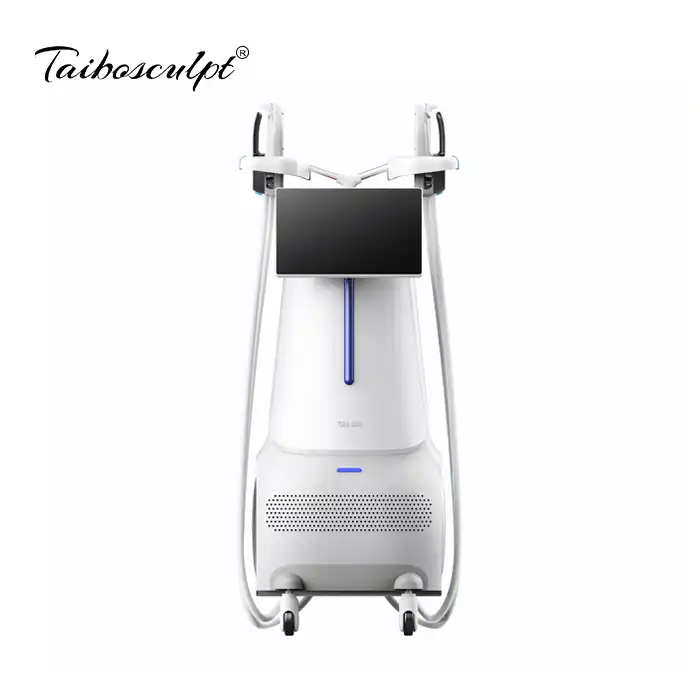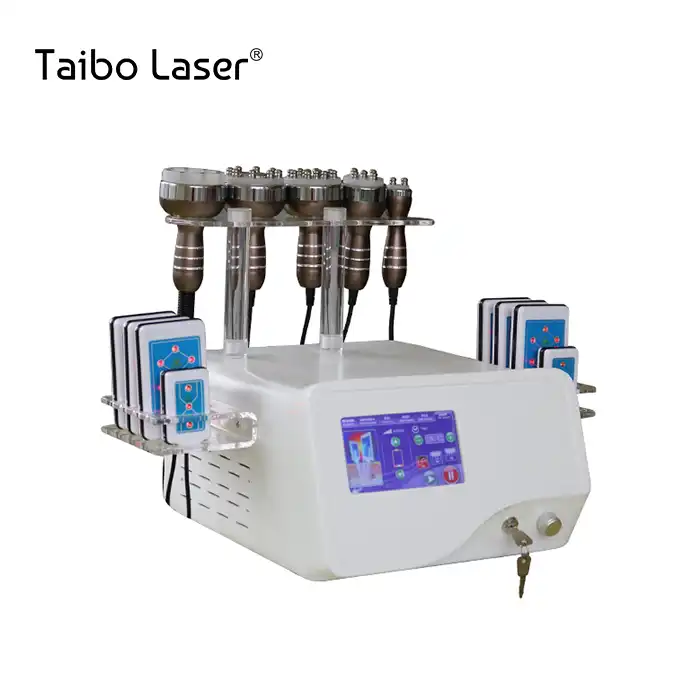
Is the ND YAG Q-Switched laser safe for all skin types?
2024-11-25 13:43:14
The nd yag q switch laser machine is a versatile and safe option for all skin types, effectively treating pigmentation issues, tattoo removal, and skin rejuvenation. By using a specific wavelength of light, it targets melanin and pigments deep within the skin, minimizing surface damage. Suitable for both lighter and darker skin tones, the laser’s effectiveness and risks vary depending on skin type and the condition treated. It’s essential to consult a qualified professional to ensure the treatment is appropriate for your skin and concerns.
Understanding the ND YAG Q-Switched Laser Technology
The Science Behind ND YAG Q-Switched Lasers
The ND YAG Q-Switched laser is a sophisticated piece of equipment that harnesses the power of light to address various skin concerns. This technology utilizes a neodymium-doped yttrium aluminum garnet crystal to produce a high-energy beam of light. The "Q-switched" aspect refers to a technique that creates very short, intense pulses of laser energy. These brief bursts allow the laser to target specific skin structures without causing extensive thermal damage to surrounding tissues.

How ND YAG Q-Switched Lasers Interact with Different Skin Types
One of the key advantages of the nd yag q switch laser machine is its ability to work effectively across a wide range of skin types. The laser's 1064 nm wavelength can penetrate deeply into the skin, making it less likely to be absorbed by melanin in the upper layers. This characteristic is particularly beneficial for individuals with darker skin tones, who may be more susceptible to pigmentation changes with other laser treatments. The laser's interaction with different skin types is largely dependent on the specific chromophores (light-absorbing molecules) present in the skin, such as melanin and hemoglobin.

Comparing ND YAG Q-Switched Lasers to Other Laser Technologies
When compared to other laser technologies, the ND YAG Q-Switched laser stands out for its versatility and safety profile. Unlike some ablative lasers that remove layers of skin, the Q-switched ND YAG laser can target specific skin structures without significantly disrupting the skin's surface. This results in less downtime and a lower risk of complications. Other laser technologies, such as ruby or alexandrite lasers, may be more effective for certain applications but are often limited in their suitability for darker skin tones due to their shorter wavelengths.
Safety Considerations for Different Skin Types
Assessing Skin Type and Determining Treatment Suitability
Before undergoing treatment with an nd yag q switch laser machine, a thorough assessment of the patient's skin type is crucial. Practitioners typically use the Fitzpatrick scale, which categorizes skin types based on their response to sun exposure. This evaluation helps determine the appropriate laser settings and treatment protocols. For individuals with lighter skin tones (Fitzpatrick I-III), the risk of post-inflammatory hyperpigmentation is generally lower, allowing for more aggressive treatment parameters. Those with darker skin tones (Fitzpatrick IV-VI) may require more cautious approaches to minimize the risk of pigmentation changes.
Potential Risks and Side Effects Across Different Skin Types
While the ND YAG Q-Switched laser is generally safe for all skin types, it's not without potential risks. Common side effects may include temporary redness, swelling, and mild discomfort. More serious complications, though rare, can include blistering, scarring, or changes in skin pigmentation. The risk of adverse effects tends to be higher in darker skin types, primarily due to their increased melanin content. However, with proper technique and appropriate laser settings, these risks can be significantly minimized.
Precautions and Protocols for Ensuring Safety in Various Skin Tones
To ensure the safety of ND YAG Q-Switched laser treatments across different skin types, practitioners must adhere to specific protocols. These may include starting with conservative laser settings and gradually increasing intensity as tolerated. Pre-treatment skin preparation, such as avoiding sun exposure and using certain skincare products, can help optimize results and reduce risks. Post-treatment care is equally important, with emphasis on sun protection and proper skincare to maintain results and prevent complications. Regular follow-ups allow for monitoring of treatment progress and early detection of any potential issues.

Applications and Efficacy Across Skin Types
Treating Pigmentation Issues in Various Skin Tones
The nd yag q switch laser machine excels in addressing pigmentation issues across a wide spectrum of skin tones. For lighter skin types, it effectively targets sunspots, freckles, and other superficial pigmented lesions. In darker skin types, where hyperpigmentation can be more challenging to treat, the ND YAG Q-Switched laser offers a safe and effective solution for conditions like melasma and post-inflammatory hyperpigmentation. The laser's ability to selectively target melanin while sparing surrounding tissues makes it particularly valuable for treating these concerns in individuals with higher Fitzpatrick skin types.
Tattoo Removal Efficacy in Different Skin Colors
Tattoo removal is another area where the ND YAG Q-Switched laser demonstrates its versatility across skin types. The laser's ability to produce short, high-energy pulses makes it effective in breaking down tattoo ink particles, regardless of the patient's skin color. For darker skin tones, where other laser wavelengths may pose a higher risk of pigmentation changes, the 1064 nm wavelength of the ND YAG laser provides a safer option. However, it's important to note that complete tattoo removal may require multiple sessions, and the number of treatments needed can vary depending on factors such as tattoo color, depth, and the individual's skin type.
Skin Rejuvenation and Toning Results in Diverse Populations
Beyond pigmentation and tattoo removal, the ND YAG Q-Switched laser has shown promising results in skin rejuvenation and toning across diverse populations. The laser's ability to stimulate collagen production and improve skin texture makes it a valuable tool for addressing fine lines, wrinkles, and overall skin laxity. In darker skin types, where more aggressive resurfacing treatments may be contraindicated, the gentle yet effective nature of Q-switched laser treatments offers a safe alternative for achieving skin rejuvenation. Some practitioners have also reported success in using lower-energy settings of the nd yag q switch laser machine for a "laser toning" effect, which can help improve overall skin tone and radiance in patients of all skin types.]

Conclusion
The ND YAG Q-Switched machine laser stands out as a remarkably versatile and safe option for various skin types and concerns. Its unique properties allow for effective treatment of pigmentation issues, tattoo removal, and skin rejuvenation across diverse populations. While caution and expertise are essential, this technology offers promising solutions for individuals seeking aesthetic improvements, regardless of their skin tone. If you want to get more information about this product, you can contact us at susan@taibobeauty.com.
References
1. Goldberg, D. J. (2018). Laser Treatment of Pigmented Lesions. Dermatologic Clinics, 36(2), 125-139.
2. Tanzi, E. L., & Alster, T. S. (2017). Laser Treatments of Benign Pigmented Lesions. Facial Plastic Surgery Clinics of North America, 25(2), 241-247.
3. Haimovic, A., & Brauer, J. A. (2019). Tattoo Removal with Lasers. Current Dermatology Reports, 8(3), 111-117.
4. Wat, H., Wu, D. C., Rao, J., & Goldman, M. P. (2018). Application of intense pulsed light in the treatment of dermatologic disease: a systematic review. Dermatologic Surgery, 44(3), 329-344.
5. Aboeldahab, S., & Tawfik, A. A. (2020). Efficacy and safety of Q-switched Nd: YAG laser in the treatment of facial melasma in Egyptian patients. Journal of Cosmetic Dermatology, 19(3), 671-676.
6. Forbat, E., & Al-Niaimi, F. (2019). Nonablative laser skin resurfacing. Journal of Cosmetic and Laser Therapy, 21(7-8), 386-394.
YOU MAY LIKE








